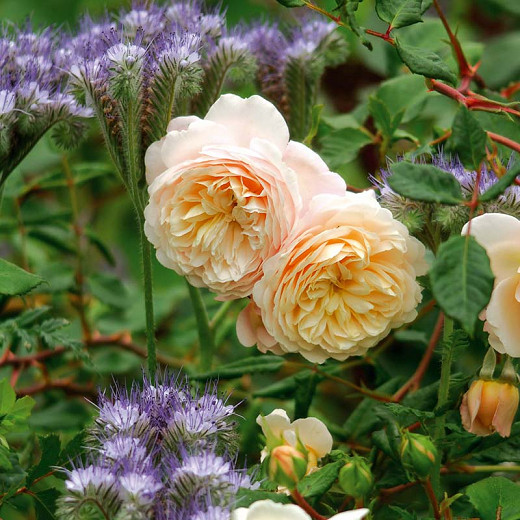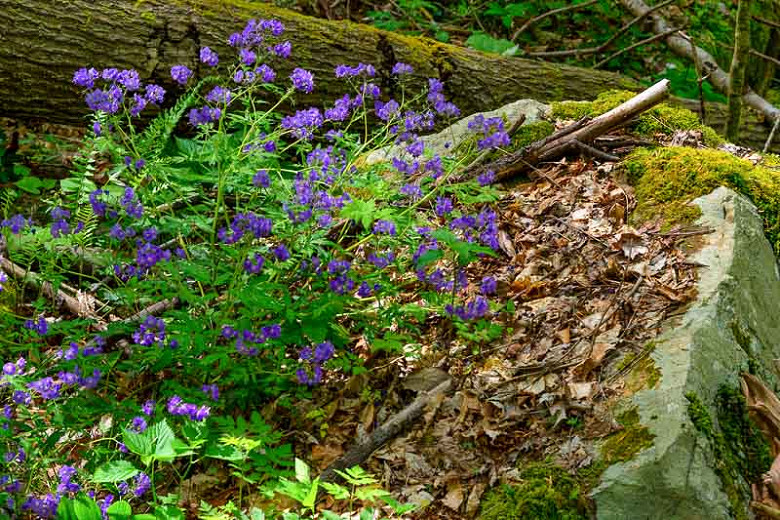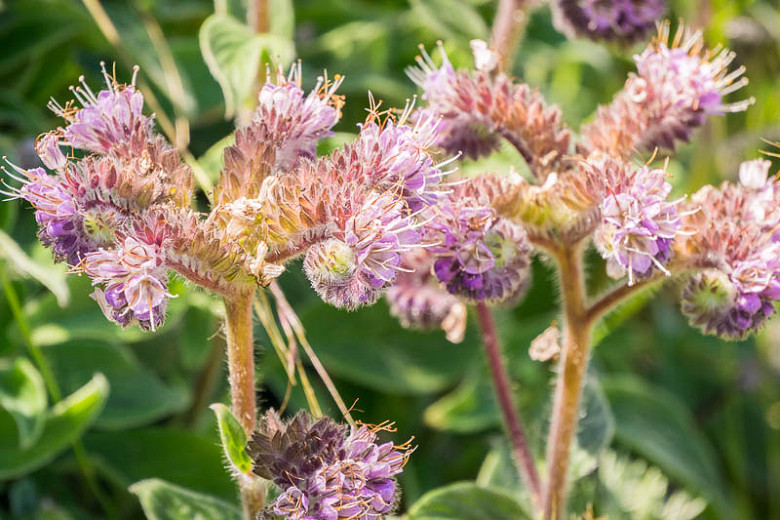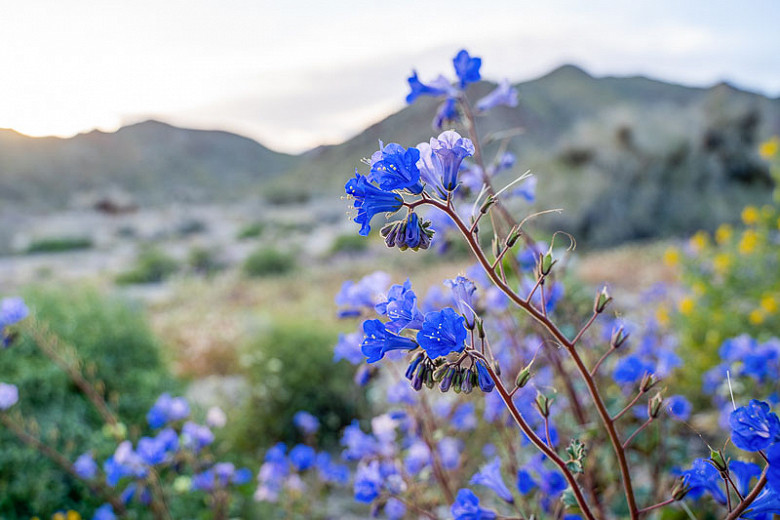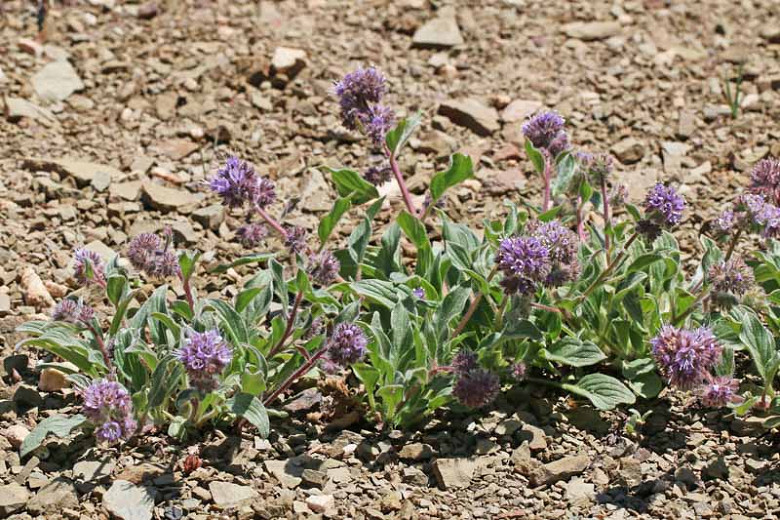Phacelia tanacetifolia (Fiddleneck)
Native to the Southwestern United States and Northwestern Mexico, Phacelia tanacetifolia (Fiddleneck) is a terrific beneficial-insect plant and one of the very best bee plants. It is also very ornamental with its abundant and long-lasting fiddlehead clusters of lavender-blue, bell-shaped flowers with long stamens that gracefully extend well beyond the flowers. Blooming from late spring to early fall (up to 5 months!), they rise elegantly above the fine, feathery, tansy-like foliage.
Native to the Southwestern United States and Northwestern Mexico, Phacelia tanacetifolia (Fiddleneck) is a terrific beneficial-insect plant and one of the very best bee plants. It is also very ornamental with its abundant and long-lasting fiddlehead clusters of lavender-blue, bell-shaped flowers with long stamens that gracefully extend well beyond the flowers. Blooming from late spring to early fall (up to 5 months!), they rise elegantly above the fine, feathery, tansy-like foliage.
Requirements
| Hardiness | 5 – 10 |
|---|---|
| Heat Zones | 1 – 9 |
| Climate Zones | 1, 1A, 1B, 2, 2A, 2B, 3, 3A, 3B, 7, 8, 9, 10, 11, 12, 13, 14, 15, 16, 17, 18, 19, 20, 21, 22, 23, 24 |
| Plant Type | Annuals |
| Plant Family | Phacelia |
| Exposure | Full Sun |
| Season of Interest | Spring (Late)Summer (Early,Mid,Late)Fall |
| Height | 1' – 4' (30cm – 120cm) |
| Spread | 1' – 2' (30cm – 60cm) |
| Spacing | 12″ – 15″ (30cm – 37cm) |
| Water Needs | Low |
| Maintenance | Low |
| Soil Type | Chalk, Loam, Sand |
| Soil pH | Acid, Alkaline, Neutral |
| Soil Drainage | Well-Drained |
| Characteristics | Cut Flowers, Fragrant, Showy |
| Native Plants | United States, California, Midwest, Kansas, Michigan, Northeast, Maine, Massachusetts, Pacific Northwest, Oregon, Southwest, Nevada, Arizona |
| Tolerance | Deer, Drought, Dry Soil |
| Attracts | Bees, Birds, Butterflies |
| Garden Uses | Beds and Borders, Underplanting Roses and Shrubs |
| Garden Styles | City and Courtyard, Informal and Cottage, Prairie and Meadow, Traditional Garden |


